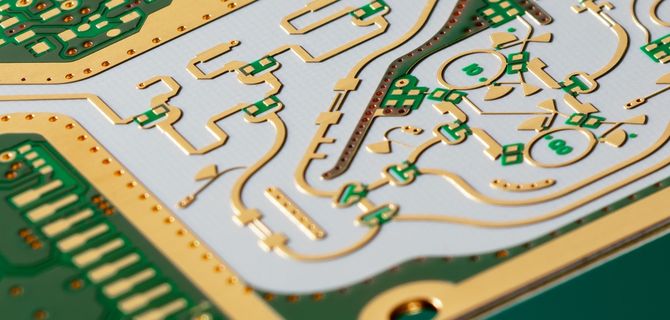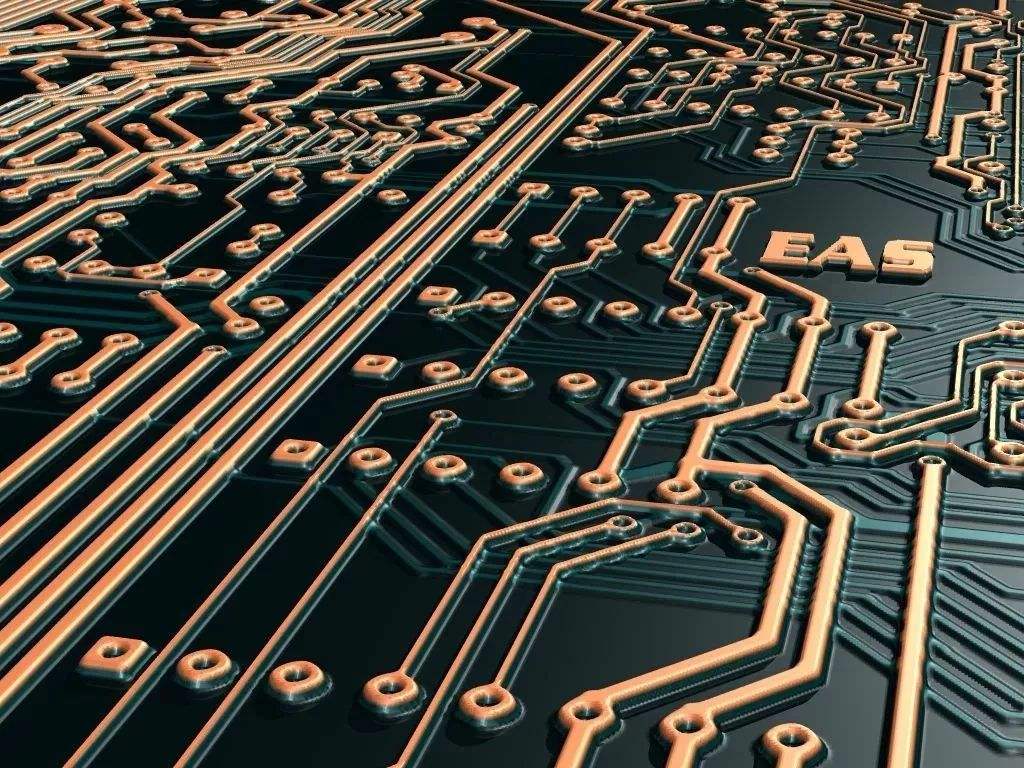
Repair method of solder mask when electronIC engineers repair PCB
One of the most common physical repairs on PCBs (restoring the functions of defective PCBs but not meeting the original specifications) is solder mask repair. The purpose of solder mask is to prevent solder from flowing from one point to another during the initial assembly process. The damage of the solder mask may be coSMEtic or functional in nature. For example, it prevents the solder from flowing down from BGA to the "dog bone" solder mask, which leads to the "insufficient" of BGA ball solder joints, thus leading to defects.
Solder mask issues:
There are several ways to damage the solder mask. As the adhesion between the solder mask and PCB is broken, the solder mask may be missing. When uncontrolLED heat source and solder braid are used to remove solder at the pad position, the solder mask may also be damaged, such as scraping off the solder mask. If the solder mask is exposed to multiple thermal cycles, it may become brittle and crack. The solder mask with poor adhesion may cause solder short circuit, other welding abnormalities, or lead to the solder mask flowing down the dog bone from the BGA pad.

Several different techniques can be used to repair the solder mask, each of which has its own advantages and disadvantages. One of the methods outlined in Section 2.4.1 of IPC-7721 is the use of liquid solder mask. It can spread to areas requiring maintenance. The alternative mask is then heated or UV cured. After reading the manufacturer's instructions, selectively apply the UV cured solder mask and place it under the UV lamp of the correct wavelength. The maintenance technician can record the controlled process according to the output of the ultraviolet lamp (which can be measured with a radiometer), the curing time of the given solder mask and the distance between the lamp and the solder mask.
The other method is a SIMple technology, which uses a repair "pen" (IPC 7721 2.4.1) to repair the "spot" welding mask, usually through air drying or baking cycle curing. The liquid seeps from the soft tip and can then be air cured or heat cured. Compared with the size of modern BGA pads, the pen tip itself is large, so it is a challenge to accurately spot coat solder mask materials. Due to the porosity of the spot coating head, it tends to collect debris (including flux residues, residual masks and cleaning agents) from the circuit board. These absorbed fragments will re contaminate other areas of the circuit board. The personnel using this technology to repair the solder mask need to have advanced skills. Even so, compared with the methods outlined in 2.4.1 of IPC-7721, they often do not have the skills to repair the appearance of the solder mask.
In addition to this method of repair pen, there is another technology, that is, using polyimide and adhesive supported in-situ mesh plate to repair the solder mask under BGA. This is a reliable way to place BGA and repair the solder mask at the same time. The advantage of this kind of network board is that it can simply place BGA, and it can also provide isolation between pads to prevent short circuit between I/O. This method can fix the height between the BGA base and the PCB to control the height of collapse, and it can also be used as the "auxiliary band" of the solder mask. When installed in place, the screen plate acts like a solder mask repair template. This allows even the technicians who just started the repair work to repair the damaged solder mask under the BGA.
Finally, there is the solder mask repair screen technology. This method can save maintenance time when a large area of solder mask needs to be repaired. The ultra-thin mesh plate can define the area of solder mask to be repaired. The replacement solder mask material is scraped into the mesh hole and then cured. After curing, the mesh is stripped, leaving a hardened replacement solder mask on its path. Although this method can save time for maintenance of multiple circuit boards in the same area or very complex large area, it requires maintenance technicians with advanced skills.
As with all PCB repairs, if the solder mask needs to be repaired during PCB repair, the customer must be notified in advance. There are a variety of repair methods for assembly purpose, cost and required repair complexity of solder mask.
The Circuit board manufacturer, circuit board designer and PCBA processor will explain the solder mask repair methods for electronic engineers when repairing PCB circuit boards.









